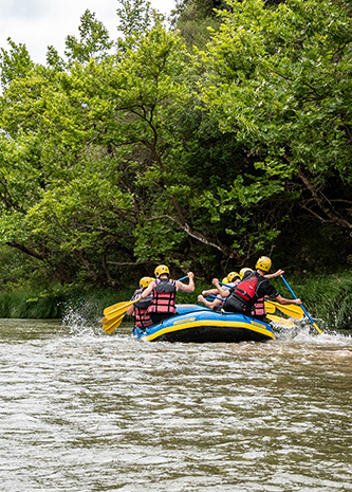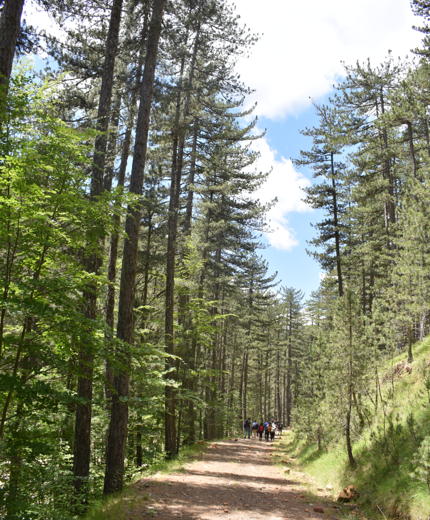

Rafting & Hiking experience in Arcadia (Self-Drive)
2 days
from €230
Adventures are everywhere, big and small, and they all have the potential to teach and inspire us. Some adventures though, are more physically demanding, like hiking in the mountains on a multi-day trip, thus they require the right planning.
With proper preparation, anyone can achieve their goals, even if they're new to adventures. Each challenge you overcome builds confidence, stamina, and mental toughness that you can apply to your everyday life. If you are planning a multi-day hike, we have prepared the ultimate guide for you. Let's get started!


Understanding these factors helps tailor your training and gear choices for the adventure ahead.
Start small and gradually increase intensity. Start your training journey 3-5 months before your departure to ensure you're physically prepared. If your trek involves hiking 12 miles daily, begin with 5-6 mile hikes on flat terrain, and then progress to longer distances and steeper ground.


Every person’s fitness routine looks different. Find what works for you:
Find a routine that fits your lifestyle. Whether it's morning runs, evening hikes, or gym sessions, consistency is key!
Use your training time to break in all the gear you’ll be using on the trek:


While physical training is crucial, mental preparation is equally important. There will be moments on the trail where things don’t go as planned—whether it's bad weather, sore feet, or unexpected detours. Be prepared to adapt:
Training with friends or a group can keep you motivated and accountable. Additionally, trekking in a team builds camaraderie, which can be crucial on longer adventures.


Strengthening your muscles at home or in the gym will further prepare your body for the rigors of a multi-day trek. Here are some exercises to add to your routine:
Nothing beats firsthand experience. If you can, speak with someone who has completed a similar trek. Their insights could be invaluable:
If you don’t have anyone in your circle, consider joining one of our guided programs.


Multi-day treks are as much a mental challenge as a physical one. By putting in the work beforehand, you’ll enjoy your trek more and return with a sense of accomplishment that will carry over into other aspects of your life.
Are you feeling inspired? Start planning your next adventure today!